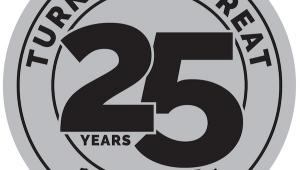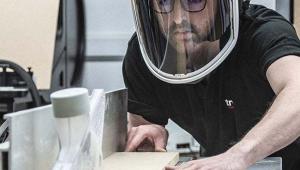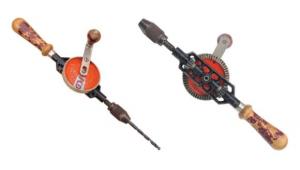A woodworking link with the past
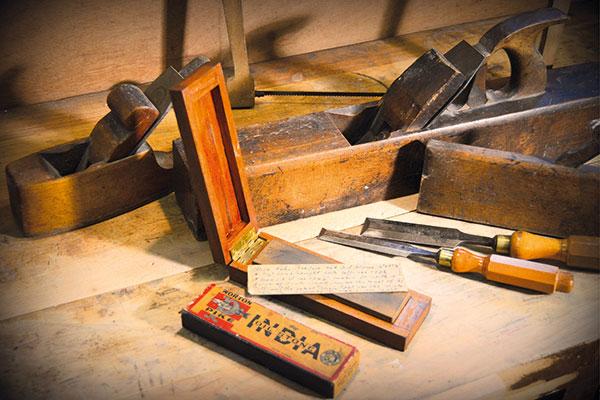
Growing up and learning woodwork in Shetland – an island archipelago with virtually no trees – I understood from an early age that wood was a precious commodity. All timber was imported so it meant that if you got an opportunity to recycle a piece of furniture, you took it, and if you got hold of a special piece of hardwood, you did something worthwhile with it… or kept it for a ‘special job’.
And so it was for my Grandfather, John Sutherland, whom I never met, although it was his legacy that inspired me to take an interest in wood, tools and woodworking from an early age. This impacted on my choice of career and, now that I’m 60-years-old, influences me still.
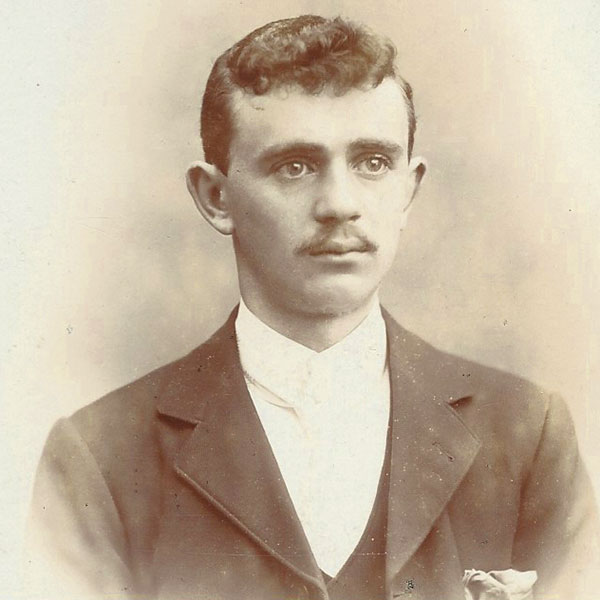
Sawdust in the veins
As a boy, I watched my father working with wood and was always intrigued by my Grandfather’s tools, which were locked away in order to keep inquisitive little fingers safe from their sharp edges. This, of course, only fuelled my curiosity and gave the tools a mystical quality, which was enhanced by the smell of beeswax, oil and wood shavings whenever the tool cupboard was unlocked.
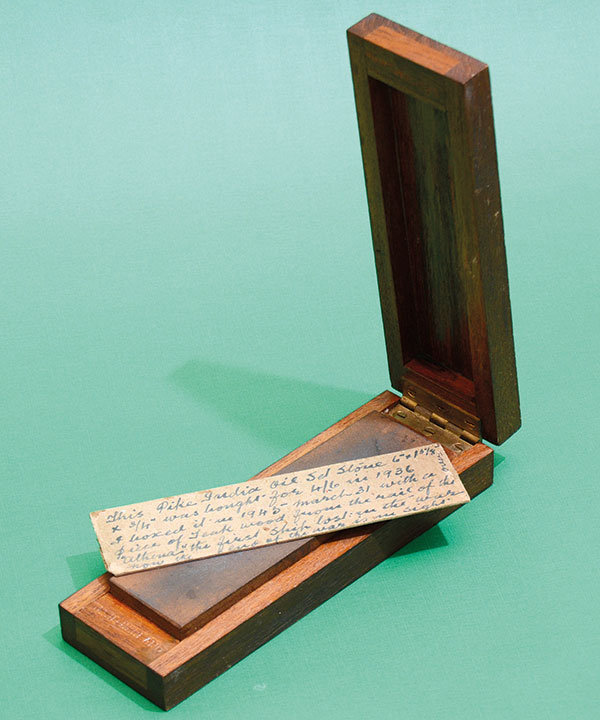
My Grandfather died in 1948, some 10 years before I was born. He’d been an ironmonger buying tools for the shop at Hay & Company, the islands’ main general merchants and suppliers of coal and timber. His father had been a joiner, so I think there must be sawdust in my veins!
Among my Grandfather’s extensive collection of tools is a little teak box holding a sharpening stone. There’s nothing particularly startling about its appearance, until you read the card insert, which reveals its history: ‘This Pike India Oil Set Stone 6 ? 1 5⁄8 ? 3⁄4in was bought for 4/6 in 1936. I boxed it in 1945 March 31 with a piece of teak wood from the rail of the Athenia, the first ship lost in the war. Now the end of the war is in sight.’
‘The piece of wood was carried across Scotland and taken to Shetland by Captain Gifford of the little motor steamer, Earl of Zetland and I got a piece of it from Laurie Leask at Hay & Co Saw Mill. John Sutherland, over 50 years with H&Co.’
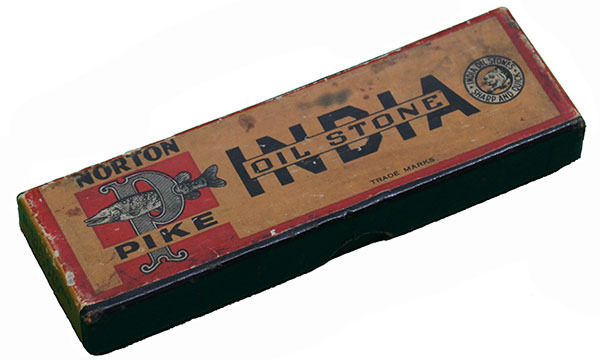
A few moments writing out the background of how this little oilstone came to be housed in a piece of wood with such a history, has given me some insight into what was important to the man I never knew. The practice of putting my name on things that I make came from him and when I create something using a ‘special piece of wood’, I ensure to document the reason why it is indeed so special.
Rediscovering a passion
My interest in woodworking grew throughout my teenage years, and I progressed to college in Aberdeen where I trained as a technical teacher specialising in woodwork. I was Principal Teacher of Technical Education in Thurso High School in 1992, and at that time, wrote a number of articles for Good Woodworking magazine. More recently my career took me in to educational management, latterly as Head Teacher of Lochaber High School in Fort William, leaving me little spare time for woodworking. However, having just retired, I’ve been re-equipping my workshop, sharpening my tools, honing my rusty skills, and planning projects with those special cuttings of wood I’ve been saving for years.
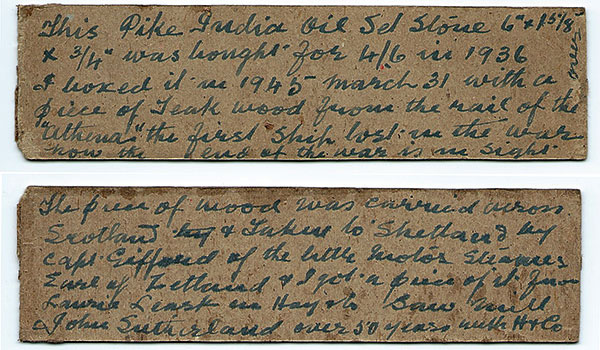
My tool sharpening these days is much more likely to be carried out using a Tormek wetstone sharpening system and diamond whetstones, rather than with my 80-year-old oilstone, but it’ll still hold a central place in my tool cupboard, serving as a reminder of the man who inspired me to pick up the tools all those years ago.
MV Earl of Zetland
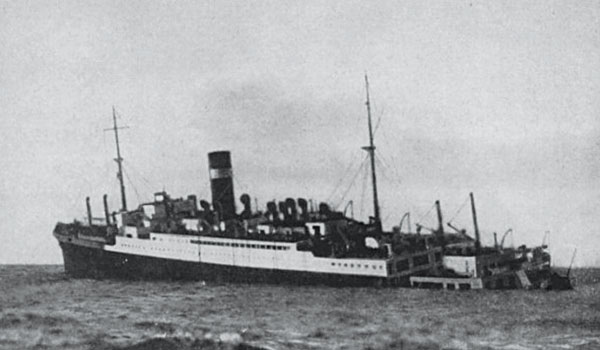
Built in 1939 by Hall Russell & Co. Ltd of Aberdeen as a passenger vessel, she was named EARL OF ZETLAND from 1939/1975 and CELTIC SURVEYOR from 1975/1985, then LA PASSERELLE. She became a restaurant ship moored at Marsh Wall, West India Docks, London, but has since moved to a new location at Royal Quays, North Shields, Newcastle where you can see her today
SS Athenia
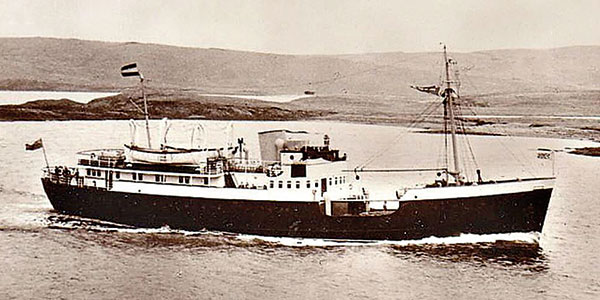
The Athenia was the first UK ship to be sunk by Germany during World War II, and the incident accounted for the Donaldson Line’s greatest single loss of life at sea. 117 civilian passengers and crew were killed with the sinking condemned as a war crime. The dead included 28 US citizens, leading Germany to fear that the US might react by joining the war on the side of the UK and France. Wartime German authorities denied that one of their vessels had sunk the ship, and a German admission of responsibility didn’t come until 1946
- Log in or register to post comments
